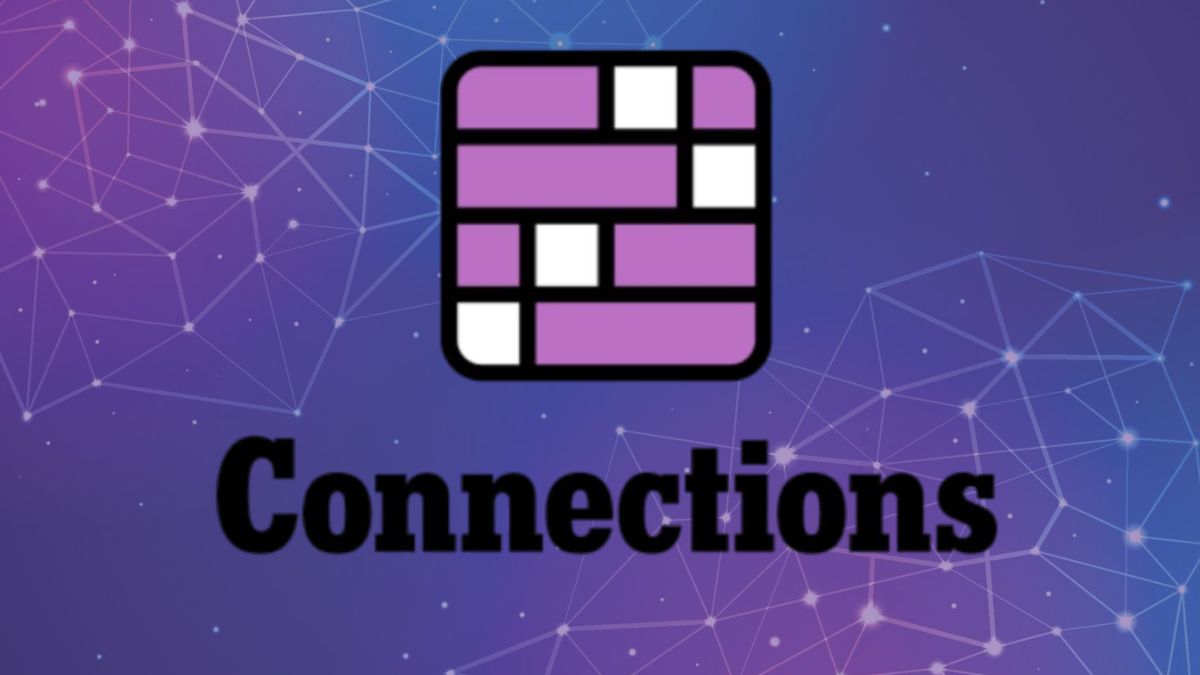Overview
For word game fans who enjoy a challenge, the New York Times Connections puzzle has become a mainstay. This article offers today’s key clues and pointers to help you solve the puzzle quickly, drawing on information from reliable sources like Parade and Tom’s Guide. These tactics will increase your chances of winning, regardless of your level of experience.
The NYT Connections Puzzle: What is it?
In the game Connections, players are required to organize 16 words into four different categories according to common themes. Four words with a hidden connection are included in each group; these associations might be as basic as colors or animals or as complicated as idioms or historical allusions. The problem is well-known for its overlapping options and decoys, which increase the difficulty and enjoyment.
Hints for Today’s NYT Connections Puzzle
1. Parade’s Daily Trends: The puzzle for the day is frequently influenced by popular culture. Look for themes such as “Broadway Musicals” (Hamilton, Wicked, Cats, Chicago) or “Classic TV Shows” (Friends, Cheers, Seinfeld, MAS*H).
2. Tom’s Guide Insights: The puzzle may include allusions to technology or digital culture, like “Social Media Platforms” (like Facebook, Instagram, Snapchat, and Twitter) or “Popular Apps” (like Zoom, Spotify, TikTok, and WhatsApp).
3. Seasonal or Holiday Themes: Words related to spring or impending holidays may appear in March puzzles. “Spring Symbols” (such as Bloom, Rain, Bud, Equinox) or “St. Patrick’s Day Items” (such as Shamrock, Leprechaun, Gold, Rainbow) are two examples.
 4. Literary or Historical Categories: Keep an eye out for categories such as “World War II Terms” (e.g., Allies, Axis, Blitz, Treaty) or “Famous Authors” (e.g., Hemingway, Orwell, Austen, Fitzgerald).
4. Literary or Historical Categories: Keep an eye out for categories such as “World War II Terms” (e.g., Allies, Axis, Blitz, Treaty) or “Famous Authors” (e.g., Hemingway, Orwell, Austen, Fitzgerald).
Techniques for Resolving the Puzzle of Today
1. Begin with Obvious Groups: To reduce the number of options, identify and validate simple groups like colors or animals.
2. Get Rid of Decoys: A lot of words are meant to divert your attention. Test possible groupings carefully to steer clear of frequent pitfalls.
3. Use Your Creativity: Take into account idioms, puns, or cultural allusions that might not be immediately apparent.
4. Apply the Process of Elimination: To make the puzzle simpler, take those terms out of your focus after a group has been verified.
5. Take Breaks When Necessary: Seeing things from a different angle can help you see connections you may have overlooked.
Typical Puzzle Category Examples
1. Well-known cities: New York, London, Tokyo, and Paris
2. Musical Instruments: Drums, Piano, Flute, and Violin
3. Types of Film: Thriller, Horror, Comedy, and Drama
4. Fruits: grape, banana, mango, and apple
5. Tech Firms: Amazon, Apple, Microsoft, and Google
The Reasons Behind the NYT Connections Puzzle’s High Engagement
1. Mental Challenge: It improves vocabulary, reasoning, and lateral thinking.
2. Daily Variety: To keep things interesting and novel, every problem introduces new words and ideas.
3. Community Interaction: Players develop a sense of camaraderie by exchanging solutions and talking over challenging issues.
4. Fast Entertainment: Solving the riddles offers a brief yet useful brain exercise.
Reliable Resources for Everyday Solutions and Hints
• New York Times Puzzle Page: The game’s and the archives’ official website.
• Parade’s Puzzle Features: Consistent clues and analysis of popular puzzle topics.
• Tom’s Guide: Professional advice for enhancing reasoning abilities and resolving difficulties.
• Online Communities: Connections aficionados can join groups on Facebook and Reddit.
In conclusion
You can test your word association abilities in a fun and rewarding way with today’s NYT Connections puzzle. With knowledge from Parade, Tom’s Guide, and other reliable resources, you’ll be ready to take on today’s task. Share your progress, have fun, and become a part of the expanding Connections puzzle enthusiast community!
